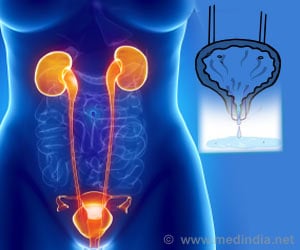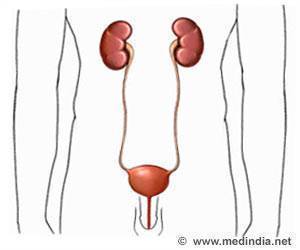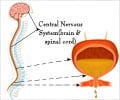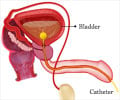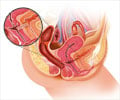New study compares efficacy of onabotulinum toxin A versus sacral neuromodulation treatments for urinary incontinence in women.
Highlights
- Urinary urge incontinence is a sudden need to pass urine resulting in involuntary urine leak.
- It affects nearly 17 percent of women over 45 years and 27 percent of women over 75 //years in the United States.
- Treatments for refractory urge incontinence in women include onabotulinum toxin A and sacral neuromodulation.
- New study compares the efficacy of these two treatments in controlling urinary incontinence in women.
Sacral neuromodulation involves implanting a small electrode tip near the sacral nerve, which controls voiding function; the implanted device delivers a pulse to the nerve and acts as a sort of pacemaker for the bladder.
This study was conducted at nine U.S. medical centers, and participating women were randomly chosen to either receive onabotulinumtoxinA injection (n = 192) or sacral neuromodulation (n = 189).
Results of the Study
Among the 364 women (average age, 63 years) in the intention-to-treat population, 190 in the onabotulinumtoxinA group reported a statistically higher reduction in the 6-month average number of episodes of urgency incontinence per day compared to the 174 women in the sacral neuromodulation group (-3.9 vs -3.3 episodes per day). Women treated with onabotulinumtoxinA appeared to have better control of symptoms in response to a questionnaire that asked about symptom bother, treatment satisfaction and treatment endorsement in comparison to treatment with sacral neuromodulation.
The findings of the study are equivocal, and make it difficult to decide which treatment is superior. According to the authors, “Overall, these findings make it uncertain whether onabotulinumtoxinA provides a clinically important net benefit compared with sacral neuromodulation,”.
Urinary urge incontinence is the leakage of urine that occurs with the sudden urge to pass urine. It is also referred to as ‘loss of bladder control’ or ‘urinary leakage’.
Incontinence is common in women due to pregnancy, childbirth and menopause. Pregnancy weakens the pelvic floor muscles whose integrity is important to control the urge to pass urine and to hold the urine in the bladder. Similarly childbirth also weakens the pelvic floor muscles, and may damage the nerves that supply the bladder. Incontinence related to pregnancy and childbirth will go away once the muscles have healed and become strong once again.
Incontinence related to menopause is believed to be due to loss of estrogen. The loss of estrogen weakens the urethral tissue.
Treatments for Urinary Continence
The following treatments may reduce symptoms of incontinence in women
- Lifestyle modifications such as weight loss, avoiding constipation and fluid control
- Kegel exercises to strengthen the pelvic floor muscles
- Bladder retraining to try and hold the urine for longer intervals till a normal interval is achieved. It is considered normal to visit the bathroom every three to four hours during the day, and for elderly women to wake up from sleep once during the night.
- Topical vaginal estrogen in post-menopausal women
- Acupuncture
- Botox A
- Percutaneous tibial nerve stimulation
- Sacral neuromodulation
Source-Medindia




